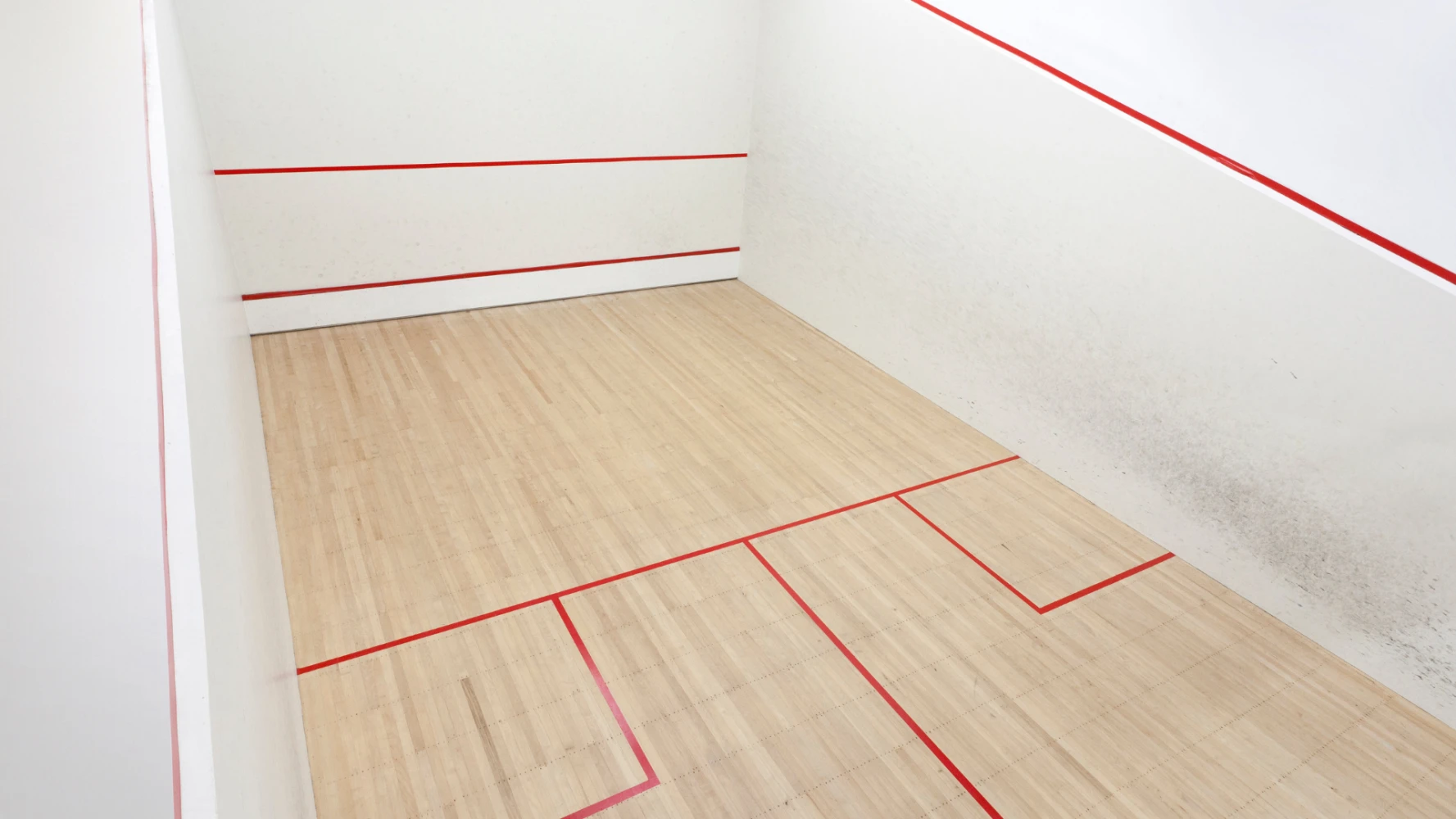Beyond the speed of the shots, ping-pong is a game of subtlety where the spin given to the ball is king. "Spin" is the ability to make the ball rotate on itself to change its trajectory, speed, and bounce. It's the secret weapon of champions and an essential element to master to take your game to the next level. Understanding and using different spins is about learning to destabilize your opponent.
Understanding the three types of spin
There are three main types of spin, each with a unique impact on the ball and the way your opponent must respond.
Topspin (lifted effect): The attack
How does it work? The racket brushes the ball from bottom to top, giving it a forward rotation.
Characteristics: The ball follows a very curved trajectory, suddenly diving after passing the net.
Its effect on the opponent: The ball bounces very far and very fast on the table, forcing the opponent to move back and hit the ball very early in its upward phase. It's the ultimate attacking shot, used to speed up the game and win the point.
Backspin (chopped effect): The defense
How does it work? The racket brushes the ball from top to bottom, giving it a backward rotation.
Characteristics: The ball's trajectory is very low and tends not to bounce very high.
Its effect on the opponent: Instead of jumping forward, the ball tends to "flatten out" on the table after the bounce, or even roll back. The opponent must lift the ball to return it, which exposes them to a topspin. Backspin is the basis of defense and "chopping" play.
Sidespin (lateral effect): The deception
How does it work? The racket brushes the ball on the side, giving it a lateral rotation.
Characteristics: The ball's trajectory curves in the air, and its bounce on the table makes it deviate to the side.
Its effect on the opponent: It is very difficult to anticipate the bounce, which disorients the opponent and puts them in a bad position for the next shot. Sidespin is often combined with topspin or backspin to create even more formidable mixed effects.
Strategic use of spin
Mastering spin is not limited to knowing how to do it; you also need to know when and how to use it.
Reading the opponent's spin: The strength of the rotation, the angle of the opponent's racket, and the ball's trajectory are valuable clues to guess the spin. Knowing how to "read spin" is a fundamental skill to avoid being surprised by the bounce.
Varying the spins: A good player doesn't just use one spin. They mix topspins, backspins, and sidespins to disrupt the rhythm of the rally. Alternating between balls with a lot of spin and those with no spin is a prime technique.
The "serve" as a weapon: The serve is the only shot you start without the ball already in motion. It's the perfect opportunity to use a very pronounced spin, often with a sidespin, to put the opponent under pressure from the very first shot.
Conclusion: spin, more than a shot, a philosophy
Spin is what gives ping-pong its strategic depth. While speed is important, it is the mastery of spin that allows you to control the match, create opportunities, and win points. By working on these different rotations, you're not just improving your technique; you're developing your game intelligence and your ability to think several shots ahead. Spin is the very essence of table tennis.




Comments